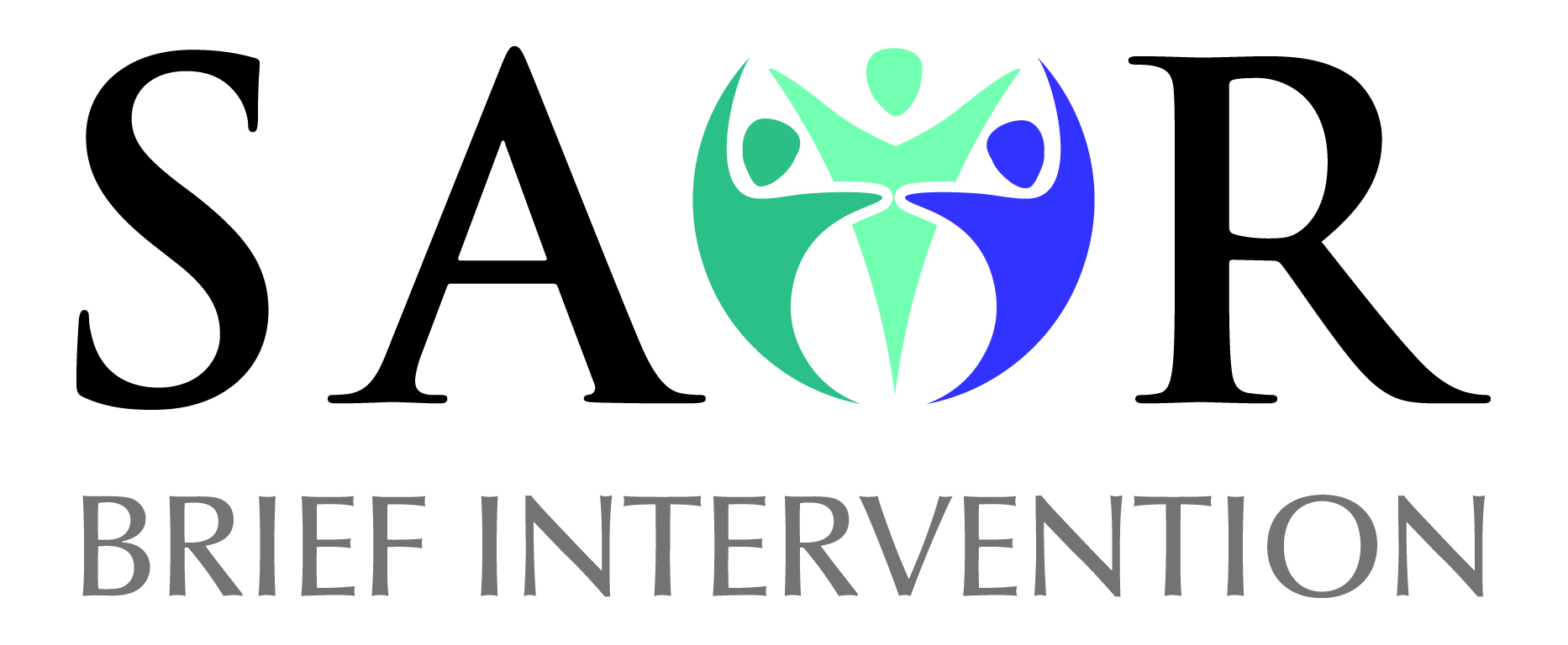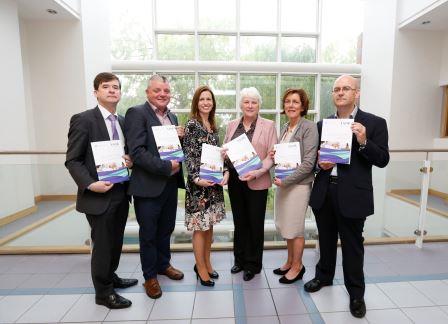SAOR© Training in Screening and Brief Intervention for Alcohol and Substance Use

 We deliver the HSE National Screening and Brief Intervention (SBI) Project for Alcohol and Substance Use under our Primary Care Division.
We deliver the HSE National Screening and Brief Intervention (SBI) Project for Alcohol and Substance Use under our Primary Care Division.
SAOR (Support, Ask and Assess, Offer Assistance, Refer) offers a step-by-step guide for practice, to guide workers in using a person-centred approach throughout their conversation, encounter or engagement with a person using their service. SAOR supports workers from their first point of contact with a person using their service to enable them to deliver brief interventions and to facilitate those presenting with more complex needs with entry into treatment programmes in line with the National Drug Rehabilitation Framework.
SAOR Training
The aim of SAOR training is to enable you to have a short helpful conversation with someone about their alcohol or other drug use using the SAOR Screening and Brief Intervention model. The training, based on the 2nd edition of SAOR (2017), is delivered using a blended learning approach. Participants complete a short eLearning module on HSELand in advance of a 1-day skills practice workshop.
eLearning
The learning objectives of the eLearning programme include:
- Demonstrate an understanding of alcohol and other drug use in contemporary Ireland
- Define a brief intervention and describe the rationale for conducting a brief intervention
- Describe the core components of the SAOR model and how to apply them
- Identify opportunities to use the SAOR model with people who use alcohol and other drugs
- Identify and access specific resources on alcohol and other drug-related issues and services
The SAOR eLearning is available on HSELand. Find out more about how to register on HSELand.
Skills Practice Workshop
Course duration:
1 day
Who should attend?
Staff who have occasion to ask people about their drug and alcohol use in a diverse range of settings including acute care settings, mental health services, community-based drugs services, child and family services, homeless agencies, family support, employment support, vocational training, criminal justice, probation, primary care services, third level colleges and sporting organisations.
Course Description:
The SAOR model of screening and brief intervention for problem alcohol and substance use aims to prepare professionals to assess, and if necessary, assist a person to alter their alcohol or drug consumption. The SAOR model (O’Shea, Goff & Armstrong, 2017) advocates a four-step by step guide to Brief Intervention for problem alcohol and substance use:
- Support
- Ask and Assess
- Offer Assistance
- Refer
The SAOR Model has been adopted by the HSE as the national model for delivering screening and brief intervention for drug and alcohol use.
Learning Outcomes:
On completion of this course, participants should be able to:
- Apply the theory from the SAOR online module to their practice
- Identify opportunities to conduct a brief intervention
- Demonstrate appropriate brief intervention skills using the SAOR model
- Identify appropriate alcohol and other drugs care pathways
Certification/Accreditation:
A Certificate of Attendance will be awarded on completion of the training
How to book:
Complete the appropriate booking form and return to socialinclusion@hse.ie. The SAOR training calendar administrator in your area will contact you when training dates are scheduled. Please note the SAOR eLearning module is a mandatory prerequisite for attendance at the skills workshop.
Booking form for individual attendance at the SAOR 1-day skills practice workshop
Booking form for in-house training for your organisation
Publications
HSE SAOR 2nd Edition (O’Shea, Goff and Armstrong 2017)
Towards a Framework for Implementing Evidence-Based Alcohol Interventions IMJ article
A Guiding Framework for Education and Training in Screening and Brief Intervention for Problem Alcohol Use
Alcohol and Substance Use Screening and Brief intervention Resources
A Quick Question
This leaflet was designed to encourage service users to consider drinking less alcohol. It can be used after using an alcohol screening tool to discuss a screening score and to provide brief advice. You can order this leaflet.
M-SASQ
The Modified-Single Alcohol Screening Question (M-SASQ) tool provides one question for screening purposes. Research results published in 2012, by the SIPS Alcohol Screening and Brief Intervention team, found that the M-SASQ is the most efficient and effective screening tool in the emergency department setting. You can find more information on SIPS research here
AUDIT – C
(AUDIT-Consumption) This screening tool is based on the first three questions of the full AUDIT. The remaining AUDIT questions can be asked if someone scores five or above.
AUDIT
The Alcohol Use Disorders Identification Test (AUDIT) provides 10 alcohol screening questions. It is considered to be the gold standard of screening tools and was developed by the World Health Organization. The WHO AUDIT Manual describes how to use the screening tool to identify people with hazardous and harmful patterns of alcohol consumption.
DUDIT
The most widely used drug screening tool is the eleven-item questionnaire, the DUDIT (Drug Use Disorders Identification Test). This screening tool was developed to function as a parallel instrument to the AUDIT. Drugs.ie have created an online version of DUDIT: http://drugs.ie/drugtest
TWEAK
The TWEAK alcohol screening test is a short, five-question test that was designed to screen pregnant women for harmful drinking habits. The TWEAK has been validated for use with pregnant women but focuses on identifying heavy drinkers.
CRAFFT
The CRAFFT screening tool is validated for use with adolescents aged fourteen years and older and consists of six questions designed to identify adolescents for high-risk alcohol and other drug-use disorders simultaneously.
Communicating Clearly
The HSE Communications Division has produced a guide to communicating clearly for staff when speaking and writing to patients and services users. Posters are also available which encourage patients to feel free to ask for their health professional’s name, get further information and have medical terms explained. You can find more information here.